Table of contents
Browse categories
Browse authors
 AB
ABAlberto Boffi
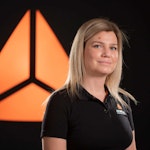 AL
ALAlessia Longo
 AH
AHAl Hoge
 AB
ABAljaž Blažun
 BJ
BJBernard Jerman
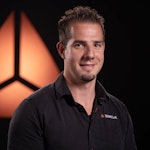 BČ
BČBojan Čontala
 CF
CFCarsten Frederiksen
 CS
CSCarsten Stjernfelt
 DC
DCDaniel Colmenares
 DF
DFDino Florjančič
 EB
EBEmanuele Burgognoni
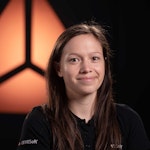 EK
EKEva Kalšek
 FB
FBFranck Beranger
 GR
GRGabriele Ribichini
Glacier Chen
 GS
GSGrant Maloy Smith
 HB
HBHelmut Behmüller
 IB
IBIza Burnik
 JO
JOJaka Ogorevc
 JR
JRJake Rosenthal
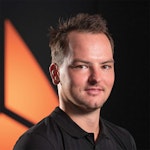 JS
JSJernej Sirk
 JM
JMJohn Miller
 KM
KMKarla Yera Morales
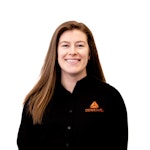 KD
KDKayla Day
 KS
KSKonrad Schweiger
Leslie Wang
 LS
LSLoïc Siret
 LJ
LJLuka Jerman
 MB
MBMarco Behmer
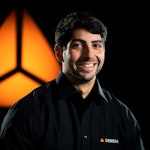 MR
MRMarco Ribichini
 ML
MLMatic Lebar
 MS
MSMatjaž Strniša
 ME
MEMatthew Engquist
 ME
MEMichael Elmerick
 NP
NPNicolas Phan
 OM
OMOwen Maginity
 PF
PFPatrick Fu
 PR
PRPrimož Rome
 RM
RMRok Mesar
 RS
RSRupert Schwarz
 SA
SASamuele Ardizio
 SK
SKSimon Kodrič
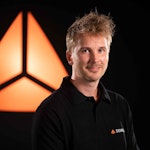 SG
SGSøren Linnet Gjelstrup
 TH
THThorsten Hartleb
 TV
TVTirin Varghese
 UK
UKUrban Kuhar
Valentino Pagliara
 VS
VSVid Selič
 WK
WKWill Kooiker
Testing High-Performance Engine Components with Dewesoft Combustion Analyzer

The components of today's premium-class and motorsport combustion engines are subjected to high, recurring loads during operation. Validating the quality of manufactured lightweight components such as pistons and connecting rods is essential to ensuring a long service life. Engineers conduct intensive testing on both tensile and compression testing machines in the laboratory and on test benches in real-world engine applications. The Testing Department of Pankl Racing Systems provides insight into its daily use of Dewesoft combustion engine analyzer (CEA) technology for detailed analysis.
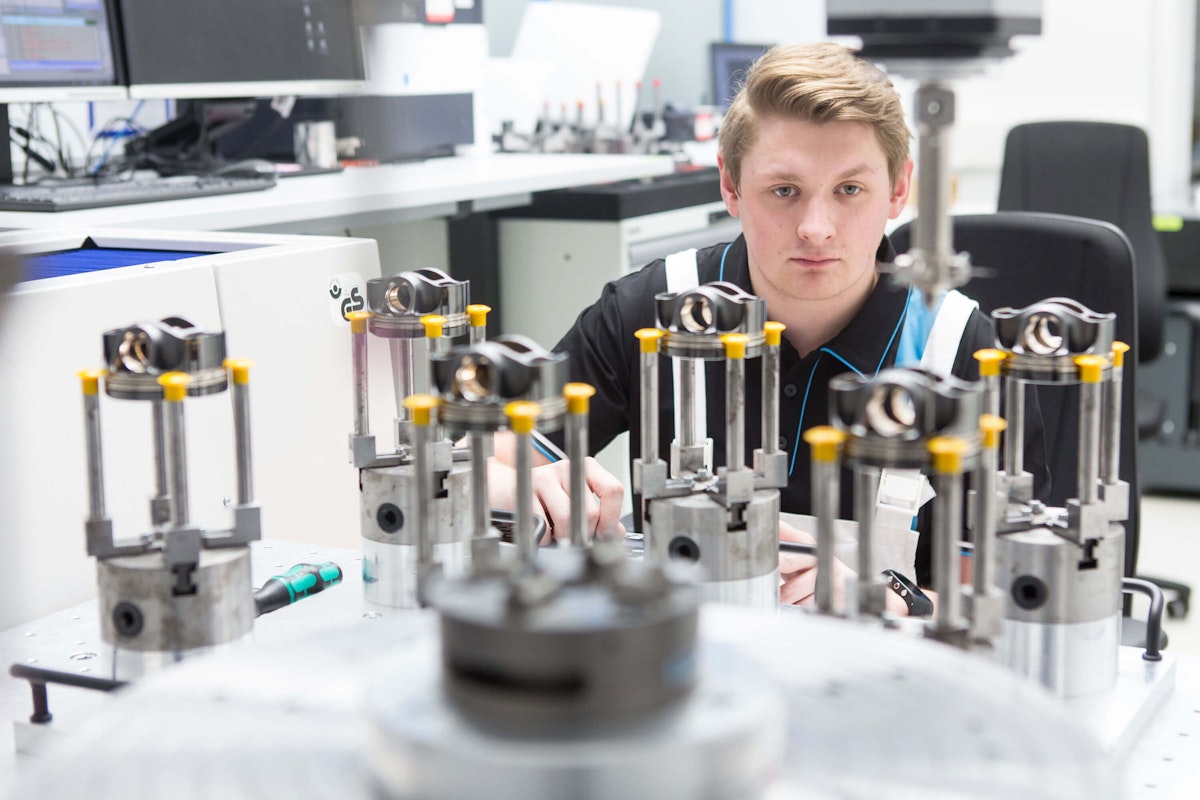
Pankl Racing Systems has its headquarters in the small industrial town of Kapfenberg in southeast-central Austria, at the confluence of the Mürz and Thörlbach rivers.
The Pankl High-Performance division is a tier-one supplier specializing in developing and producing engine, chassis, and transmission system components. Customers include the automotive industry, various motorsports teams, and the aviation sector.
Pankl excels in these niche markets with lightweight components made from high-quality, innovative materials designed for extreme mechanical loads.
Component testing
The Engine Systems Department specializes in connecting rods, pistons, and crankshafts, available as individual components or complete systems. It carries out the component design in-house – from the initial design to the FEM calculation of the entire system.
Diplom-Ingenieur (DI) Elias Hillebold is responsible for the engine test bench. First, he showed me around the entire company, where I realized the complexity of this highly specialized development.
Connecting rods for racing are made from high-strength steel and titanium alloys, where Pankl has developed its manufacturing strategies. Engineers also apply the experience gained from racing to the series production of high-performance vehicles.
Engineers cut samples from serial products, cast them into specimens, and grind them flat. The surface texture is then analyzed using an electron scanning microscope. They also test existing and new materials for incoming goods inspections; oversized, colored images of metal surfaces hang throughout the office. One is amazed by the detailed process know-how and sense of passion the technicians bring to their work.
In addition to the tensile and compression testing machines, a fatigue strength test bench is available here. Currently, the operators are clamping a connecting rod to which they apply strain gauges. The resonance pulse excitation runs a frequency and amplitude profile for a defined number of cycles or fatigue under constant monitoring.
We enter the last room at the end of the corridor. The air smells of metal and fuel. Here is the engine test bench and its associated workshop. It is where the mechatronics engineer's interdisciplinary expertise becomes evident: multimeters and sensors sit alongside precisely manufactured, surface-treated metal parts.
The engine test bench and the test engine
Pankl Racing has developed its own single-cylinder combustion engine to test the manufactured engine components in real-world operation. This setup makes them less dependent on external test centers and allows for even greater detail.
Not everything always goes according to plan during development, so it is crucial, for example, to detect dangerous knocking at these high engine speeds promptly and to eliminate it to minimize damage.
Pankl Racing, therefore, has two primary objectives: the continuous development of combustion engines and the in-house testing of their components.
Equipment and software used
The universal Dewesoft SIRIUS measurement system, in its high-speed 1 MHz version, is ideally suited for the highest angular resolution requirements.
SIRIUSi-HS-6xCHG-2xCHG+ - a high-speed SIRIUS measurement system, 1 MHz per channel, eight analog inputs for charge/IEPE/voltage + 2x fast digital angle sensor inputs
DewesoftX CEA-BASE and CEA-ADVANCED – software options for incineration measurements and calculation of combustion parameters (e.g., thermodynamics) in DewesoftX data acquisition and signal processing software
DewesoftX OPT-CAN (included with SIRIUS, CAN port on the rear of the device) – software option for communication with the control unit (receiving and sending CAN bus data)
L1B7m-3xBNC-BOX - a connection box (Bayonet Neill-Concelman) designed to maintain the characteristic impedance of the cable across the connection for the crank angle sensor (3x BNC to 100 MHz SIRIUS counter input)
DewesoftX PLUGIN-CA-TESTBED - a software option for Ethernet communication with the KS Engineers' test bench
Measurements and results
Since Formula 1 regulations have reduced the fuel consumption to approximately 100 kg, today's combustion engines must operate with a much leaner air/fuel mixture, which means that individual components, such as the ignition system spark plugs, must be constantly customized and adapted to the engine.
The prechamber ignition principle has been known for more than 100 years. Engineers initially applied it to early diesel engines, and it remains widely used in gas engines and large power generators. However, it has also found an application again in Formula 1 and functions as an ignition system.
This principle enables spark-ignition engines to operate in lean air-fuel conditions, improving fuel efficiency, saving around 20% of fuel, and reducing emissions. It works so that a smaller fuel volume is injected into the prechamber and ignited with a conventional spark plug.
The extremely hot flame jet streams out of the chamber through mini nozzles, forming a star pattern in all directions, and ignites the rest of the mixture in a shorter time and more completely than a traditional spark plug. The ignition of the main chamber happens much shortly before the OT point.
The challenge in development is precisely controlling the injection in a small chamber, which must operate accurately under all varying engine conditions. Engineers conduct numerous CFD (Computational Fluid Dynamics) simulations to gain a deeper understanding and more accurate behavior predictions. Another problem is the very high temperature inside the prechamber.
To evaluate the performance increase of the component changes, which CEA parameters are now most interesting for the customer?
The mass conversion points - MFB (Mass Fraction Burned) - at 10%, 50%, and 90% are of main interest," explains Elias Hillebold. “These MFB-points give insight into the combustion speed of the engine. The curve should be as steep as possible to reach the highest engine efficiency.
While reviewing the measurement data for this case study, we coincidentally discovered the gas exchange curve option in the CEA Scope widget. We found this setting very useful; previously, we had to export the data to MATLAB to access this display.
The engineers use the gas exchange curve to determine how the exhaust system influences combustion. A suction effect occurs at the exhaust pipe, causing a pressure pulse at the intake. Tuners intentionally use this effect to achieve more power.
Conclusion - module widely applicable
Pankl Racing initially purchased the SIRIUS measurement module and the CEA software plug-in exclusively for the combustion measurement, i.e., recording and evaluating cylinder pressures and crank angles. Engineers collected data and calibrated the model, enabling a comparison of the CFD calculation.
Shortly thereafter, Pankl Racing Systems also acquired the Testbed Plugin, which enables direct, live transmission of measurement data to the Kristl Seibt Tornado test bench. The plugin is essential for detecting early knocks and forwarding them.
Since then, the application area has expanded to include many additional measurement channels. The engineers verify ECU data (parameter verification), record injector current using current clamps, and measure delay times. Simultaneous recording from a load cell provides further insights. The Testbed Plugin and the CEA module can be combined to identify all influencing factors and optimize the ECU's parameters.